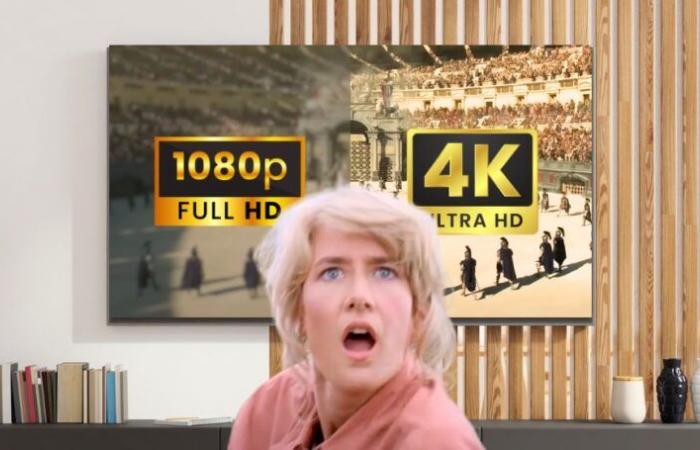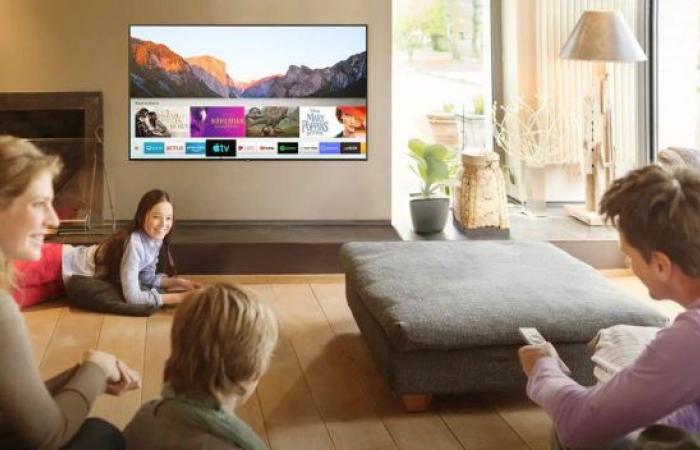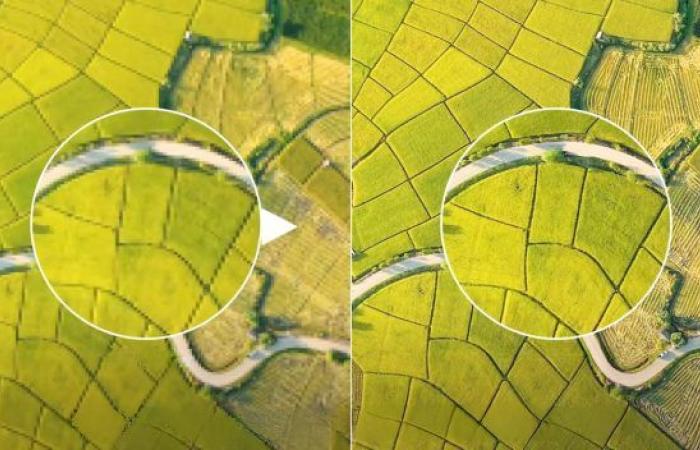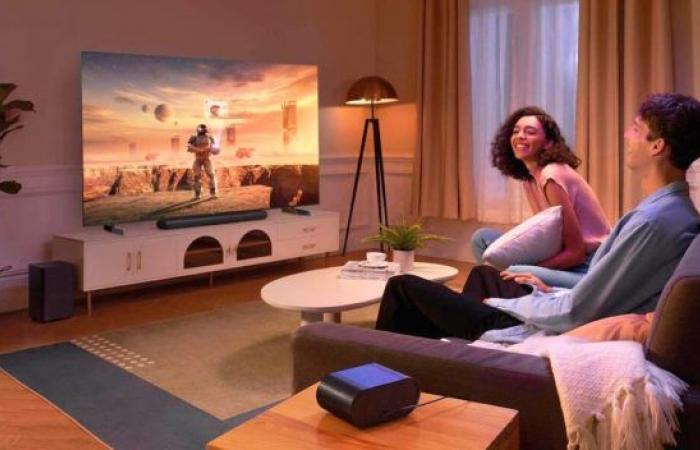At a time when gigantism is king and TVs can reach dizzying resolutions, upscaling seems to be an almost necessity.
How far away it seems, the time when 4K was only reserved for the cream of televisions. Indeed, the offer has been widely democratized and it is now possible to treat yourself to a UHD screen for less than €600. Enough to make “simple” Full HD TVs look really old.
However, a size problem has often arisen with these panels capable of displaying images of extraordinary sharpness and precision. And for good reason: the majority of programs that we are used to watching are not “only” 1080p. From there, you don't need to be a math expert to see that there are a few pixels missing in the lot in order to take full advantage of what such screens can offer.
Knowing this, customers might therefore be put off the idea of investing in a 4K TV. Because it would be like buying beautiful dishes to devour a Big Mac, or €2,000 headphones to listen to Patrick Sébastien… But fortunately, manufacturers can rely on the magic of upscaling (“upgrading”). scale” in French), which would make it possible to to convert “average” quality images in 4K. A complete update on this amazing technology.
From Full HD to 4K, there is only one step thanks to upscaling?
Native resolution is evolving so quickly on today's televisions that it's difficult for most broadcasters to keep up. Indeed, apart from films and series from the main streaming platforms, certain sporting competitions as well as the latest popular video games, few programs are broadcast in 4K. And we will probably have to wait a little before seeing Laurent Delahousse present the news with UHD quality.
But television manufacturers are not waiting since they have already equipped most of their models with a scaling called “upscaling”. To put it simply, it is a system that artificially converts lower quality images to 4K.
And although many of them want to keep upscaling a secret, probably for fear of seeing their technologies stolen by competitors, we still know how it works and on what processes it is based to be able to improve the quality of images almost “as if by magic”.
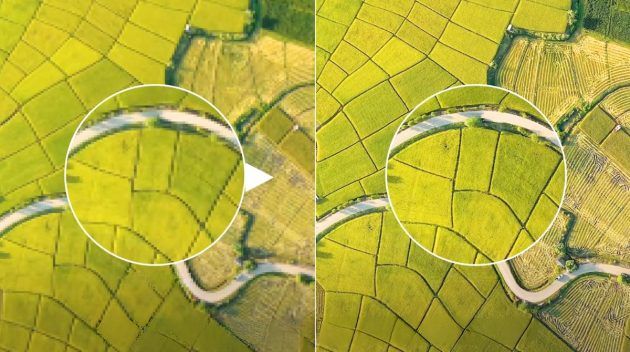
There is a fine line between true scaling and charlatanism
Since we know how to increase the resolution of images thanks to upscaling, many TV manufacturers have used this marketing argument indiscriminately to sell more. But you should know that Not all scaling methods are created equalfar from it.
Indeed, the basic principle called “line doubling” simply consisted of interlacing several fields to give the illusion of a sharper image. But this technology, mainly used for the transition between 720p and 1080p, is somewhat obsolete at present.
It has therefore become essential to use an algorithm that analyzes “active” pixels, then who creates new ones to try to have the most realistic rendering possible. With varying degrees of success, as you can imagine.
Generally speaking, Full HD images will give the best result in 4K because they are the ones that give the least work to the algorithm. But the latter must also adapt to lower resolutionsand this is precisely where its flaws are most apparent with – among other things – the appearance of unwanted artifacts. However, several solutions are already being considered to overcome this problem.

Artificial intelligence as a miracle cure?
Currently we know that AI is capable of the best and the worst. All you have to do is see the monstrosities she can create using an existing video to imagine what happens next…
But it is clear that its contribution to upscaling can be interesting, and that it is already used by many television manufacturers. In fact, it is simply enough to teach him to recognize certain images starting from a database to train it for scaling. And it is through practice that she will improve to be able to create – in a certain way – what does not exist in these images, namely the missing pixels to obtain 4K resolution.
For the moment, AI scaling is only reserved for high-end 4K TVs as well as 8K panels – whose so-called “revolutionary” image quality is questionable – but it's a safe bet that it becomes popular over the years.
In summary, upscaling is a particularly practical tool for “scraping” a few pixels and enjoy decent quality on your 4K TV, no matter what program you want to watch. However, current scaling technologies do not yet allow miracles to be performed: you will therefore have to be patient before you can finally say “goodbye” to blurry images.

